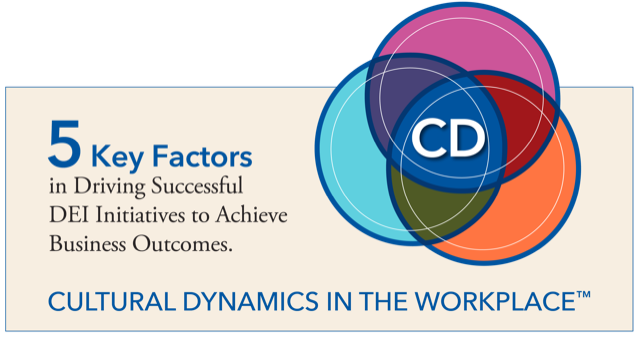
Having a culture of Inclusion is not only about checking off the boxes for diversity. It’s about diversity of thought, and making sure everyone in the organization feels secure enough to express themselves without fear of retribution. It means creating a psychologically safe workplace where those on teams feel comfortable enough to take risks, express their ideas and concerns, ask questions, and admit mistakes – all without fear of negative consequences.
How do you create a psychologically safe workplace and what are the benefits of doing so?
Leaders can create a psychologically safe environment by encouraging open communication and actively listening to what employees are saying. When people feel more comfortable voicing their opinions and concerns, this leads to a more diverse range of perspectives being heard and hopefully, considered. And when team members are engaged and motivated, it leads to better decision-making. This in turn, fosters a culture of learning and improvement.
Having a psychologically safe environment leads to many benefits for the organization: performance, innovation, creativity and resilience.
Think of Psychological Safety as an evolution of Inclusion.
To create a psychologically safe environment, and to take your DEI strategy from passive to powerful, DO THIS, NOT THAT…
The Barrier: Mindsets of Leaders
Creating a psychologically safe workplace starts at the top with leaders understanding how their mindsets, reactions, words, and decisions set the tone for the entire organization’s culture. Leaders must realize how much their statements impact other people’s willingness to speak up or share ideas for fear of rejection or humiliation. Unfortunately, many leaders don’t.
To help solve for this barrier…
Do This, Not That:
DO invite others to actively participate in team conversations for which they may not typically be comfortable speaking up. Encourage them to ask questions, voice their opinions, offer suggestions, make mistakes along the way, and challenge the status quo. By demonstrating inclusivity, you are inviting diversity of thought, and with that comes innovation and better results. And a psychologically safe work environment.
DO NOT make people feel like what they have to say is unimportant, or be dismissive with them; you have to allow people to express their thoughts and challenge others. Don’t ignore them or their questions. As a leader, you should never squash curiosity, never make people fear asking a question, and never punish people in a group setting. If you create a hostile environment they’re never going to speak up.
Creating a psychologically safe and inclusive culture takes work. But once leaders better understand the impact of their mindsets and shift them to consider ALL perspectives, the takeaway is really quite simple. If companies want to innovate, you must have all the voices at the table willing to speak up…and be heard.
Our CEO talks more about why the most successful leaders create a psychologically safe workplace in her recent Forbes article, where she shares tips and other helpful advice. You can read it here.
To turn your DEI strategy from PASSIVE to POWERFUL, and to learn more about the Mindsets of Leaders, one of the 5 key factors in our ground-breaking research titled Cultural Dynamics in the Workplace™: 5 Key Factors in Driving Successful DEI Initiatives to Achieve Business Outcomes, contact us today. #WeCanHelp.
And don’t forget to check back often for our next installment of DO THIS, NOT THAT. We want to help keep you on track for building a true culture of inclusion.
---
DO THIS, NOT THAT
Part 1: For DEI Success, Do This, Not That In 2023
Part 2: DO THIS, NOT THAT - How Reverse Mentoring Leads to DEI Success
Part 3: DO THIS, NOT THAT - How Leaders Can Create a Psychologically Safe Workplace
Part 4: DO THIS, NOT THAT - How Investing In Leadership Development Leads To An Inclusive Culture
Part 5: Coming Soon








